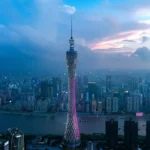Embark on an unforgettable journey to Lhasa, the heart of Tibet, where cultural heritage and spiritual wonders converge amidst stunning landscapes. This “Best Lhasa Tour Itinerary” is meticulously crafted for international travelers experiencing the allure of Lhasa for the first time. It includes vital tips for an enriching visit, integrating the region’s essence into a memorable 3-day adventure.
Day 1: Arrival and Acclimatization
Morning
Upon landing at Lhasa Gonggar Airport or Lhasa Railway Station, commence your Lhasa adventure by checking into your hotel. The journey to your hotel offers the first glimpse of Lhasa’s majestic scenery.
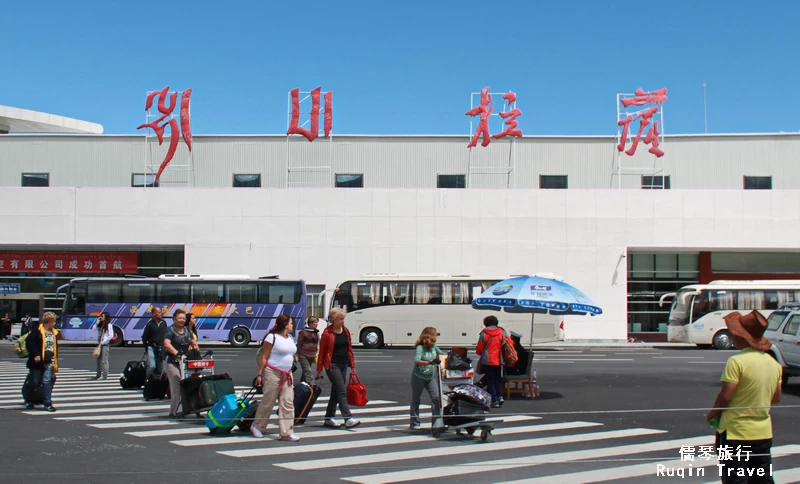
Given Lhasa’s elevation of around 3,650 meters, it’s crucial to rest and gradually acclimate to the high altitude for a comfortable and healthy start to your tour. Resting on your first day is key to enjoying the days ahead fully.
Lunch
Lunch offers an introduction to Tibetan cuisine. Opt for a light meal to aid acclimatization. Tibetan noodle soup, with its nourishing broth, or momos, the iconic Tibetan dumplings, are excellent choices available at your hotel or local eateries, offering a taste of authentic Tibetan flavors.
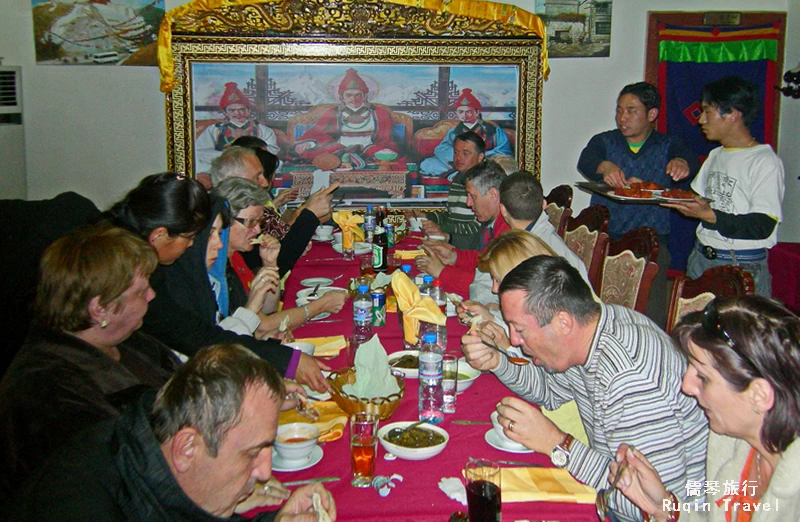
Afternoon
In the afternoon, take a gentle walk to Barkhor Street, encircling the holy Jokhang Temple. This bustling marketplace is alive with culture and tradition. Explore an array of shops selling everything from religious artifacts to local handicrafts, witnessing the everyday life of Lhasa.
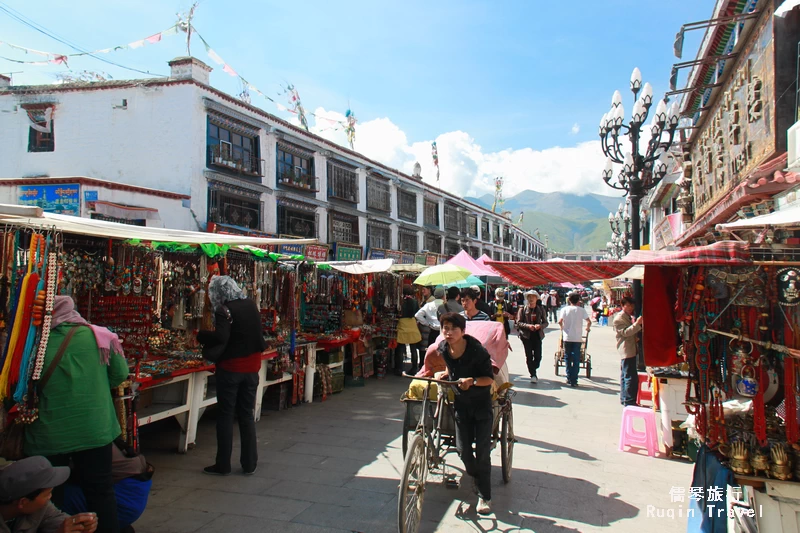
Your visit to the Jokhang Temple, an architectural marvel and a spiritual hub, provides a deep dive into Tibetan Buddhism. As you walk alongside pilgrims on the Barkhor Circuit, the spiritual energy and devotion are palpable. Inside, the rich history and religious significance of the temple unfold through its intricate art and architecture.
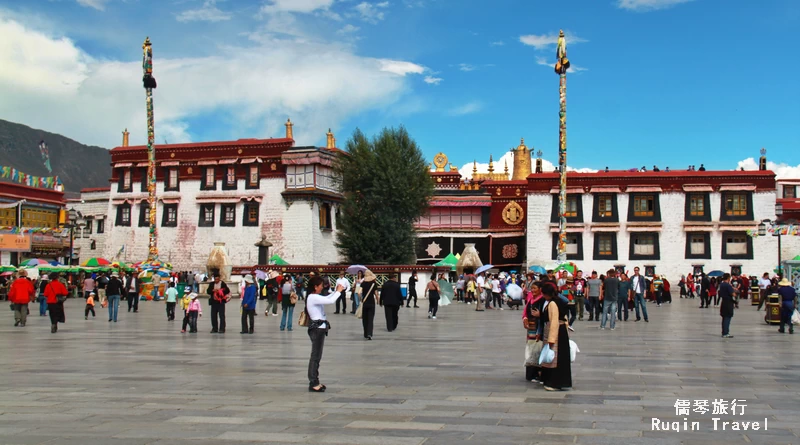
Dinner
Dinner is a chance to delve further into Tibetan cuisine. House of Shambhala, amongst other local restaurants, offers an array of dishes. Tibetan or Nepalese options, featuring ingredients like highland barley and yak meat, are not just meals but an exploration of culture and taste.
Evening
Conclude your day by relaxing at your hotel. This is an important part of continuing to acclimatize to Lhasa’s high altitude. The evening is your time to rest and reflect on the day’s experiences, preparing for the exciting adventures ahead in this extraordinary city.
Day 2: Exploring Lhasa’s Rich History
Morning
Start your day with a visit to the majestic Potala Palace, a remarkable symbol of Tibet. This grand structure, once the winter residence of the Dalai Lamas, is now a fascinating museum and a UNESCO World Heritage Site.
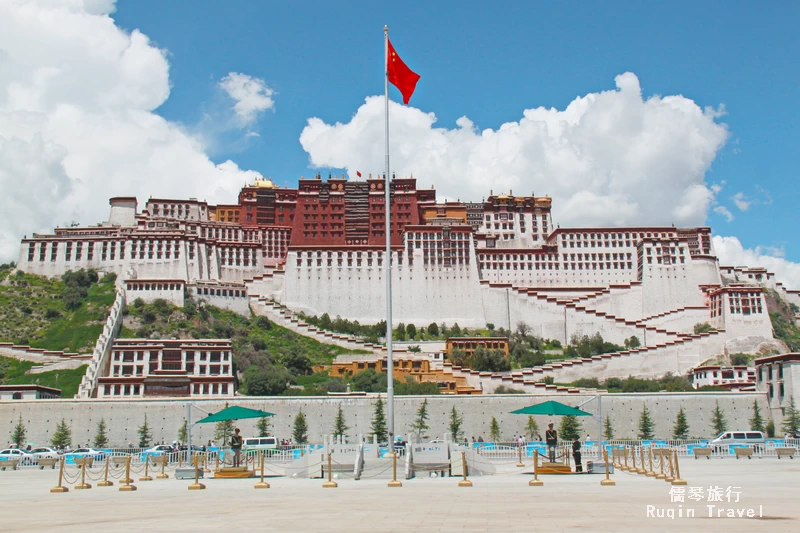
Arrive early to beat the crowds and witness the palace in the tranquil morning light. As you ascend the palace’s numerous steps, observe the intricate details of its architecture. Inside, explore the rich collection of historical artifacts, thangka paintings, and the lavish tombs of past Dalai Lamas, each room and corridor narrating a story from Tibet’s past.
Lunch
For lunch, explore Tibetan gastronomy at Snowland Restaurant or another local eatery. Sample traditional dishes like succulent yak meat, steamed momos, the staple butter tea, and tsampa. Each dish is a reflection of Tibetan culture and the adaptation to the high-altitude environment, offering a unique culinary experience.
Afternoon
In the afternoon, visit Norbulingka, the former summer residence of the Dalai Lamas. This beautiful garden estate showcases Tibetan architectural excellence and offers a tranquil escape with its lush greenery, flowing water features, and colorful flowers. Explore the various palaces within, each adorned with intricate artworks and deep religious significance.
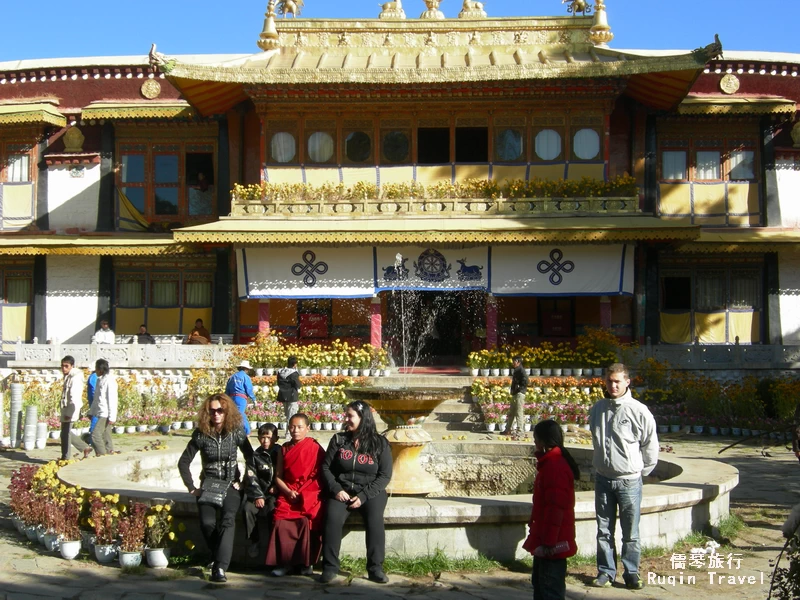
Following Norbulingka, head to the Tibet Museum. This modern facility provides a comprehensive overview of Tibetan history, culture, and art. It’s home to a vast collection of artifacts, including ancient scriptures, religious relics, and traditional Tibetan art, all of which contribute to a deeper understanding of Tibet’s rich heritage.
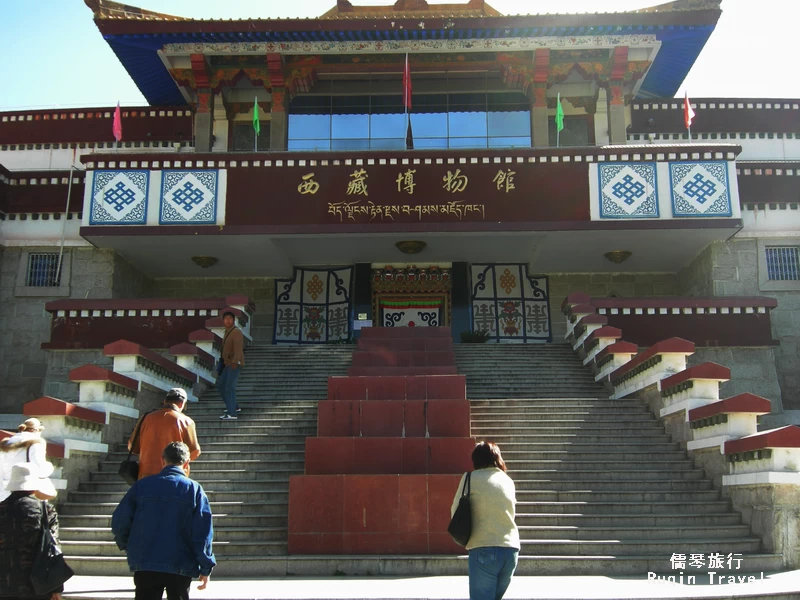
Dinner
For dinner, visit Makye Ame, a local favorite known for its authentic Tibetan atmosphere and cuisine. Delight in dishes such as thenthuk, tingmo, and sip on the warming Tibetan yak butter tea. The restaurant’s vibrant décor and lively ambiance provide the perfect setting to reflect on the day’s adventures.
Evening
Your evening in Lhasa can be spent strolling through its bustling streets, observing the city’s vibrant nightlife, or opting for a relaxing night at your hotel. This time allows you to soak in the day’s experiences and prepare for the final day of your Lhasa tour.
Day 3: Immersive Cultural Experience
Morning
Day three begins with a visit to the serene Sera Monastery. Here, witness the unique tradition of monk debates in the debating courtyard, a dynamic display of Tibetan monastic education. These debates are an integral part of their learning and are both captivating and enlightening to observe.
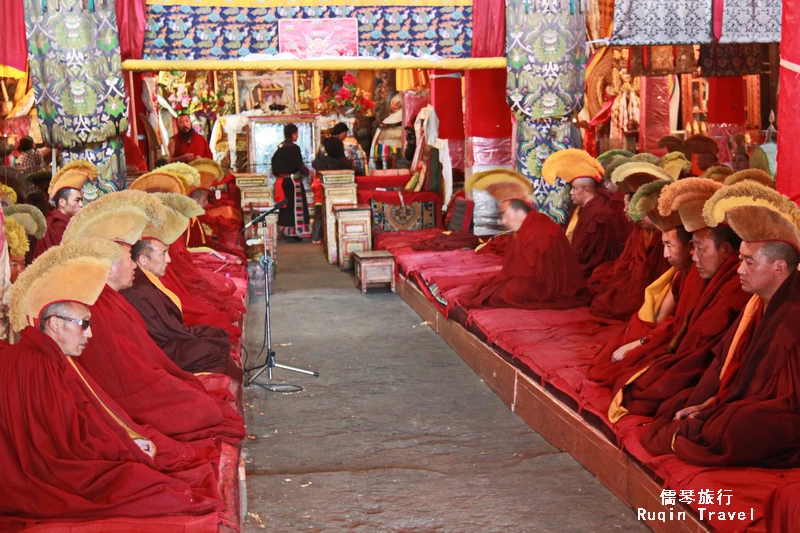
As you wander through the monastery’s peaceful chapels and colorful prayer halls, you’ll gain insight into the daily lives of monks and the spiritual practices that form the core of Tibetan Buddhism.
Lunch
Enjoy a simple yet satisfying lunch at a local café, perhaps trying Tsampa, a traditional Tibetan barley meal. This dish is a staple in Tibetan diets, known for its nutritional value and versatility, and offers a unique taste of the region’s culinary heritage.
Afternoon
The afternoon is dedicated to visiting Drepung Monastery, once the largest in the world. This sprawling complex, with its whitewashed walls and golden rooftops, is set against a picturesque backdrop.
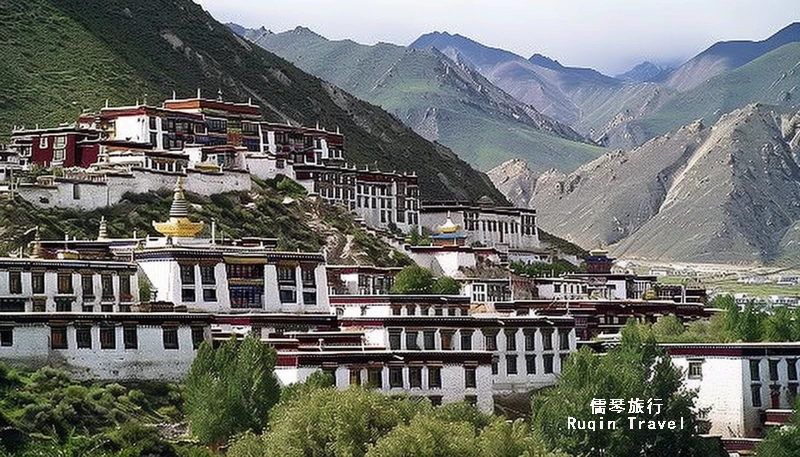
Meander through its historic alleys, visiting various chapels and stupas, each holding centuries of religious and cultural significance. The monastery’s tranquil atmosphere provides a perfect setting for reflection and appreciation of Tibetan Buddhism’s profound influence.
Dinner
Your last dinner in Lhasa is an opportunity to revisit or discover new Tibetan dishes. Sample the comforting thenthuk, enjoy the fluffy tingmo, and savor the unique taste of Tibetan yak butter tea, rounding off your culinary journey through Tibet.
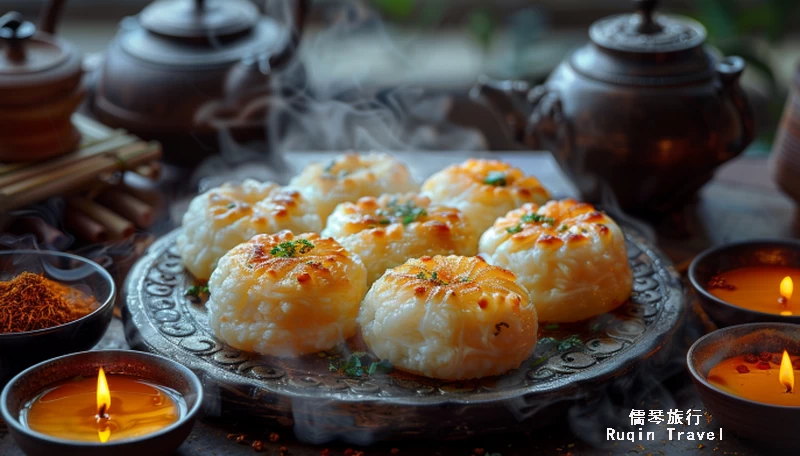
Evening
Your final evening in Lhasa can be spent packing for your departure or savoring the city’s atmosphere one last time. Whether you choose a quiet evening at your hotel or a leisurely stroll, this is a time to reminisce about your unforgettable journey in Lhasa.
General Tips for Visiting Lhasa
- Best Time to Visit: Ideal from April to October. Be mindful of altitude sickness due to Lhasa’s elevation and acclimatize gradually.
- Tourist Scams: Exercise caution in shopping areas and with street vendors to avoid overcharging and deceptive practices.
- Meals: Embrace the hearty, warming Tibetan cuisine, with yak meat and Tibetan barley as staples. Try the traditional butter tea for a unique experience.
- Accommodation: From luxury hotels to modest guesthouses, Lhasa caters to all preferences. Booking in advance, especially during peak seasons, is advisable.
- Transportation: Lhasa is well-served by taxis, buses, and bicycles. Hiring a car with a driver can be convenient for exploring beyond the city.
- Airport and Railway: The Lhasa Gonggar Airport is a key entry point, and the Qinghai-Tibet Railway offers a scenic journey to Lhasa from various Chinese cities.
Conclusion
This Best Lhasa Tour Itinerary guides you through the spiritual heart of Tibet, offering a blend of breathtaking landscapes, rich cultural heritage, and profound spirituality.
By following this itinerary, first-time international travelers will uncover the mystical allure of Lhasa, making for an unforgettable journey. As you leave, carry with you not just memories but also a deeper understanding and appreciation of this extraordinary city and its people.


